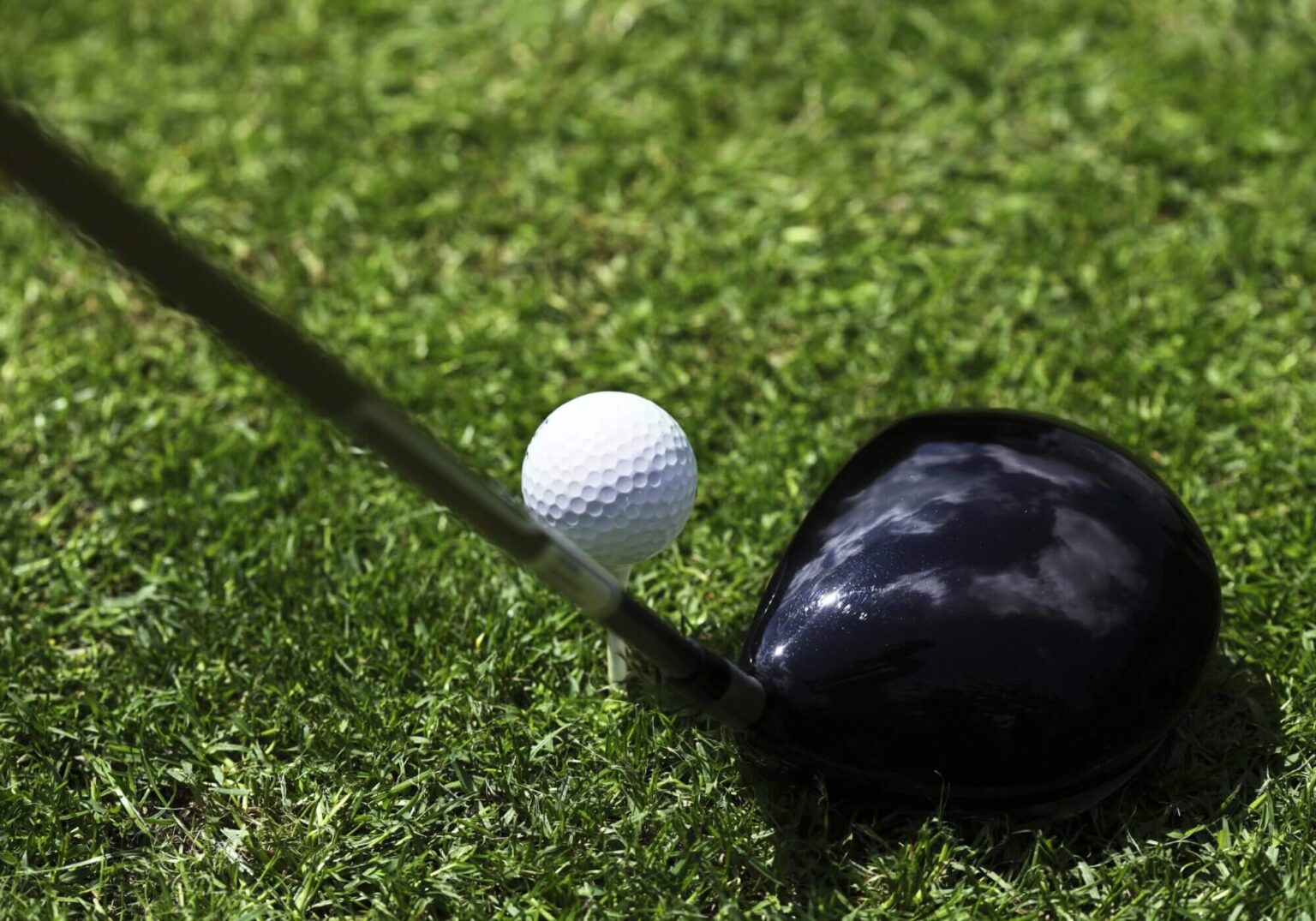Is Your Golf Ball Holding You Back? Here’s How to Find Out
Alright, golfers, let’s have a heart-to-heart about something that might be the easiest fix to your game: your golf ball. You could have a set of perfectly fitted irons, a driver that sings with every swing, and wedges that are dialed in for every course condition, but if you’re playing with the wrong ball, you’re definitely leaving some serious performance out on the course.
The Unsung Hero: The Golf Ball
Think about it: the golf ball is the only piece of equipment you use for every single shot. It’s the unsung hero of your golf game. While many folks obsess over flashy new drivers or eye-catching irons, they often overlook the importance of picking the right golf ball. But here’s the kicker—most players choose their ball based on price, how it feels, or because a pro is using it. Sure, chasing a soft feel or crazy distance sounds tempting, but it doesn’t mean the ball actually fits your game the way it should.
So, if you’re even slightly wondering if your golf ball might be the culprit behind those missed fairways or short putts, let’s dive into six clear signs that it might be time for a change.
1. Fitting Isn’t a One-Size-Fits-All Approach
One big mistake people make is fitting their golf ball to their driver first. If your method revolves around “this one goes far,” then hold up! You might wanna flip that script. The best approach? Start at the greens and work your way back. Your ball should first complement your irons and wedges, especially for controlling flight and spin rates for holding those greens. Once that’s sorted, then you can adjust your driver for distance.
2. Are Your Irons Falling Flat?
If you’re hitting low, flat shots with your mid and short irons, chances are you’re not maximizing your potential. A low trajectory isn’t a power move; it’s a potential problem. For average golfers, consistently low shots can be a struggle, especially on firm greens. Pay attention to your descent angle. Aiming for a descent of 45–55 degrees with your irons gives you that crucial stopping power you need.
3. Driver Dilemmas: Ballooning or Dropping?
Let’s break down the two extremes of driver performance. If your drives are ballooning up into the sky, it’s likely you’re playing a ball that has too much spin off the face. On the flip side, if your shots are dropping like a rock, that means you’re not achieving enough spin or launch to keep that ball flying. Either scenario could indicate that your current ball is simply not a match for your swing characteristics.
4. Chasing ‘Soft’ Balls for Magic Fixes
We get it—soft balls feel nice. Many golfers are drawn to the idea that a softer ball will fix all their problems. Newsflash: it doesn’t always work that way! While you might feel more comfortable with a softer ball, it can result in lower launch and spin on your approach shots. If you’ve switched to a softer ball and noticed your irons flying lower or your wedges not stopping as expected, that softness might be costing you strokes. Focus on spin, launch, and descent when searching for your ideal ball.
5. Upgraded Wedges But Still Struggling?
Just because you’ve upgraded your wedges doesn’t mean you’ll magically fix your short game. If those shiny new grooves aren’t helping you stop the ball near the pin, your golf ball could be the reason. Ensure your ball complements your wedge design; otherwise, those high-tech grooves won’t generate the necessary friction or launch. An optimal wedge launch is about (loft ÷ 2) – 2. So if you’re consistently hitting lower than ideal launch angles, it might be time to test out a new ball.
6. Data-Driven Decisions Are Key
Let’s be real: if you haven’t tested your golf ball on a launch monitor, you’re just guessing. Relying on feel or brand loyalty doesn’t cut it when it comes to performance. Ball fitting isn’t just a random process; it’s a data-driven science that can give you insights into how your ball launches, spins, and lands with every club in your bag. Consider getting a ball fitting or cheking your current ball’s performance in tests to make an informed decision.
Wrapping It Up: Choose Wisely!
At the end of the day, your golf ball shouldn’t be a random feel or budget choice; it’s a critical component of your overall performance. If you’re experiencing one or more of these tell-tale signs, it might be time to rethink which ball you’re playing with. Remember: start at the green, pay attention to your launch and spin numbers, and always test before you invest.
Choosing the right ball can significantly impact how every club in your bag performs. So, take a moment to assess and make the switch—your game will thank you later!
In conclusion, don’t overlook your golf ball. It’s time to give it the attention it deserves and improve your overall game. Let’s make that round of golf more enjoyable and let those strokes drop!
